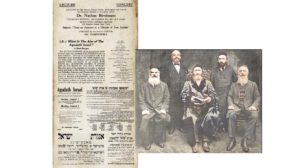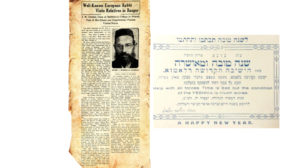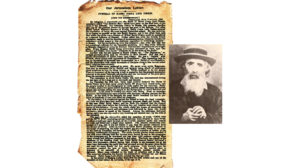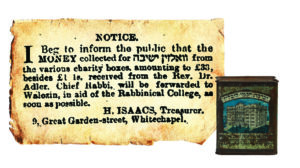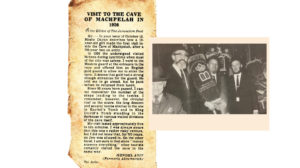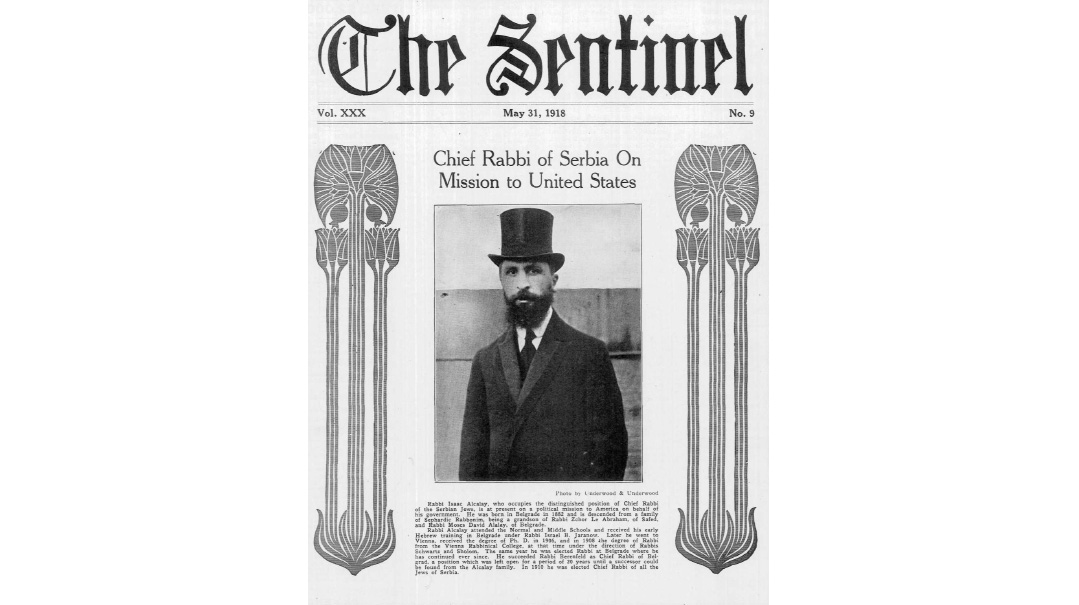Life, Liberty, and the Lubavitcher Rebbe
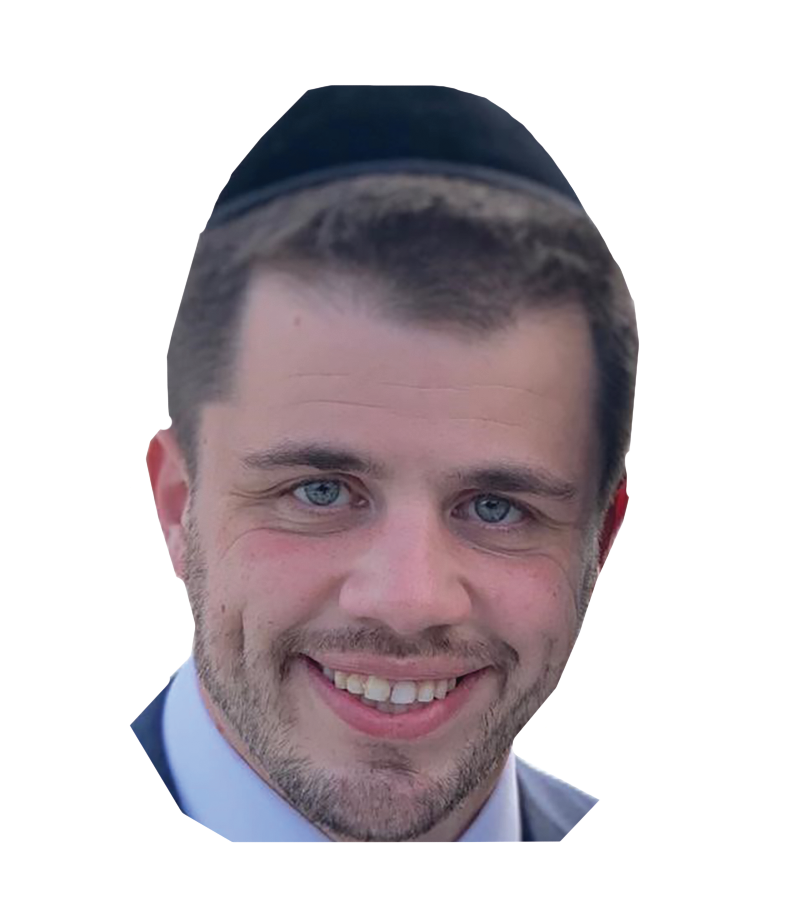
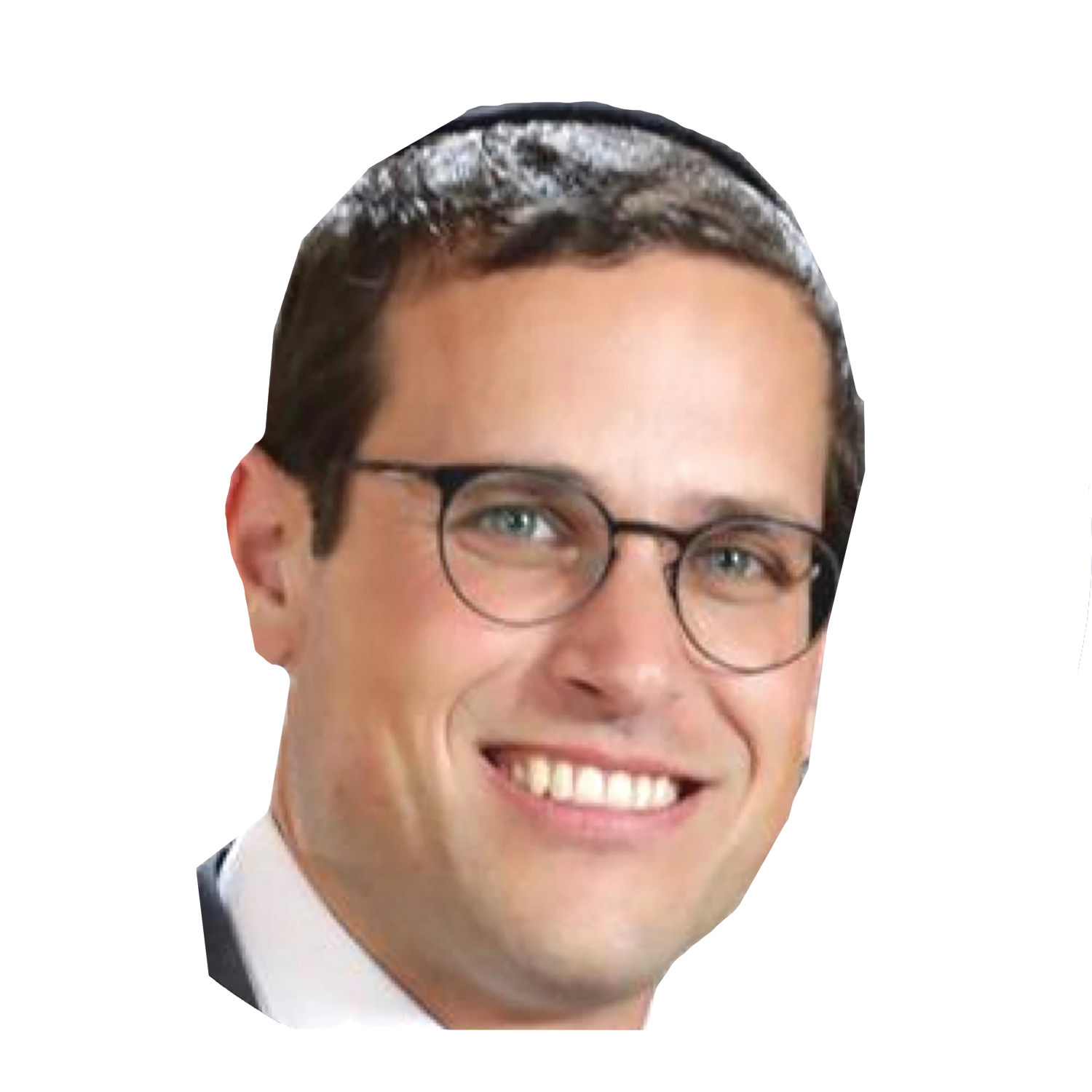
“May the Almighty bless this great country which has been a [place of] refuge for our Jewish People”
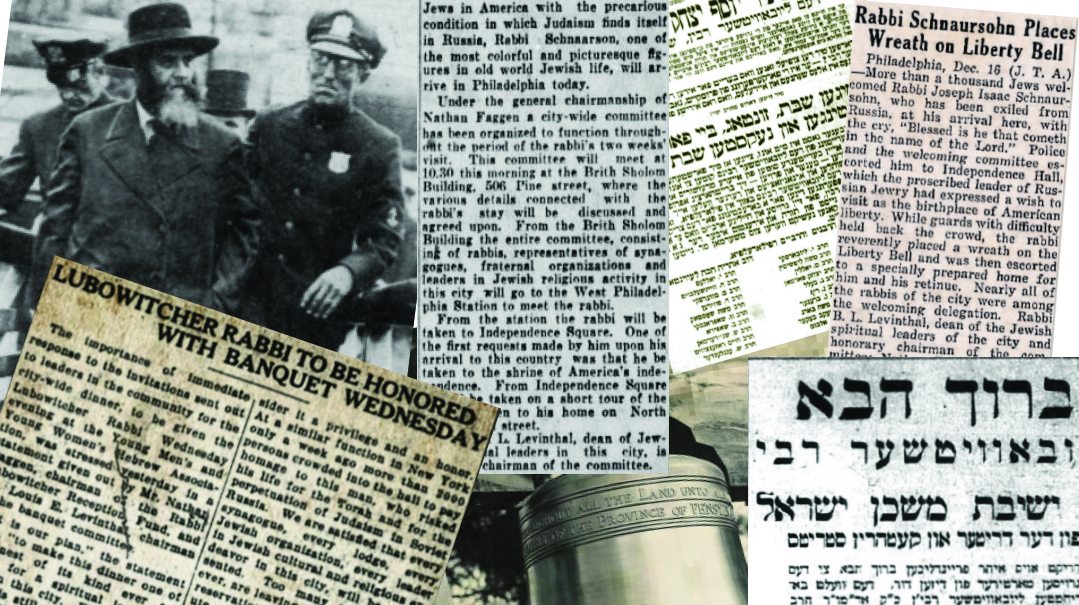
Title: Life, Liberty, and the Lubavitcher Rebbe
Location: Philadelphia
Document: Assorted Philadelphia Newspapers
Time: 1929
For the sixth Rebbe of Lubavitch, Rav Yosef Yitzchok Schneerson — the “Frierdiker” Rebbe or the Rayatz — who lived through a period of unprecedented upheaval and transition for the Jewish People, American freedom and liberty were privileges he did not take for granted. During his historic 1929 visit to the United States, the Rebbe addressed the large crowd that greeted him declaring, “May the Almighty bless this great country which has been a [place of] refuge for our Jewish People.”
The Rebbe’s links to the country and to his chassidim there were well-established prior to the 1929 visit. Recognizing the necessity of organizing Chabad communities outside of Russia, the Lubavitcher Rebbe had formed the Agudas Chassidei Chabad of the USA and Canada and remained in constant contact with his followers there. When the Rebbe was jailed by Communist authorities in 1927, it was his American chassidim who mobilized US government officials to lobby the Soviets for his release.
In December, the Rebbe boarded a train for Philadelphia, the birthplace of American democracy, where he was invited by representatives of Mayor Harry Mackey to visit Independence Hall, home of the Liberty Bell. The Rebbe recorded his impressions of the large parade that accompanied him en route to Independence Hall in his diary: “A few hundred other cars followed us. All the streets were closed and we traveled with a police honor guard (unlike in the past, the one that brought me to Spalerna [prison in the USSR]).” At Independence Hall, the Rebbe was accorded the rare honor of sitting in George Washington’s chair and then taken to see the Liberty Bell.
The words of the pasuk (Vayikra 25:10) “Proclaim Liberty throughout all the land unto all the inhabitants thereof,” emblazoned across the iconic bell, are a reference to the 50th year of the Yovel cycle, when slaves receive emancipation. The subtle connection was likely noticed by the Rayatz — who was months from his 50th birthday and had recently been freed from a Soviet prison, through pressure from the United States government.
Reflecting on his rescue from Soviet religious oppression, he stated in Yiddish, “I think it is obvious to everyone what a fine impression such a warm and humanitarian reception would have on someone who was imprisoned for his religious and moral endeavors. It is difficult to find the appropriate words of appreciation.”
Over the next several months, the Rebbe traversed the country, visiting Washington, D.C. (where he met with President Herbert Hoover), Baltimore, Boston, Milwaukee, Chicago, St. Louis, and Detroit. Saddened by the sleepy state of Yiddishkeit in America, he used the visit as an opportunity to inspire and reawaken those he encountered, planting the seeds for the eventual rebuilding of Lubavitch.
For the time being he chose to return to Europe, attempting to reestablish Chabad headquarters in the Warsaw suburb of Otwock. He’d return soon to the US, though, settling there permanently a decade later after fleeing Nazi-occupied Europe. In his last years, he oversaw Lubavitch’s nascent growth, sprouting from the seeds planted on his 1929 visit.
Torah in Philadelphia
The Torah community in Philadelphia was forever impacted by the arrival of Rav Sholom Schneiderman in the late 1920s. A student of the fifth Rebbe of Chabad, the Rashab, he immediately set out to establish Yeshiva Ohel Moshe, the first yeshivah high school in the city. After the Rayatz permanently settled in America in 1940, the yeshivah was adopted by the Tomchei Temimim Lubavitch network as part of the Rebbe’s efforts to establish Chabad yeshivos across America.
When Rav Shmuel Kamenetsky arrived in Philadelphia in the early 1950s to establish a yeshivah, Rav Schneiderman embraced the project with gusto, offering him the recently shuttered yeshivah building, and taking responsibility for the yeshivah’s physical needs in its early years. As one early talmid recalled, “We were all in awe of his mesirus nefesh. He was a real tzaddik whom we all emulated.” In 1955, tragedy struck when Rav Schneiderman was struck by a car and killed while fundraising for the yeshivah. Rav Sholom’s widow, Rebbetzin Chana, remained close with the Kamenetsky family, and their legacy lives with the prestigious yeshivah that they helped build. While the Schneidermans never had a child of their own, Rav Shmuel's son and one of the current roshei yeshivah, Rav Sholom Kamenetsky, proudly carries his illustrious name.
The Sanz-Philly Connection
One of the first chassidishe shtiblach in the United States, Bnei Halberstam, was consecrated in Philadelphia by immigrants from Galicia in 1887. Two years later, they celebrated a gala hachnassas sefer Torah after receiving a custom-ordered sefer Torah from Sanz in Galicia, which was dedicated in memory of the Divrei Chaim, as was the shul as well.
Beyond Brotherly Love
Nearly a decade before the Lubavitcher Rebbe’s visit to the city, another Rebbe fleeing the Soviet Union had settled down permanently in Philadelphia in the early 1920s, henceforth known as the Tolner Rebbe of Philadelphia. The Rebbe, Rav Moshe Tzvi Twersky, was a scion of the Tolna dynasty, and had followed his brother Rav Dovid Mordechai, who had established himself as the Tolner Rebbe of the Lower East Side in 1913. A third brother arrived in 1927, Rav Meshulam Zusya, who became the Tolner Rebbe of Boston. Rav Moshe Tzvi would go on to become an active force in Philadelphia religious life for decades.
This Shabbos, the 10th of Shevat, is the 71st yahrtzeit of the Rebbe Rayatz.
(Originally featured in Mishpacha, Issue 845)
Oops! We could not locate your form.

